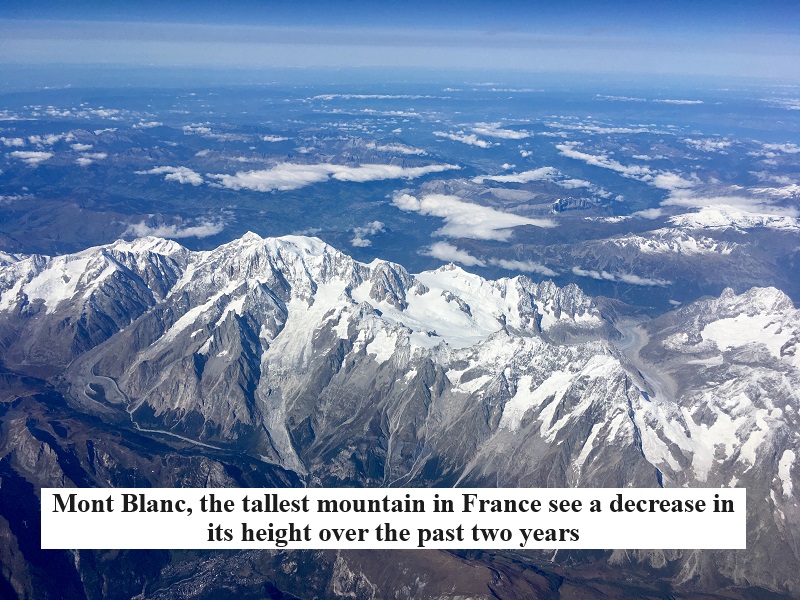
Mont Blanc, France’s tallest mountain and an iconic symbol of the Alps, has experienced a decrease in its height over the past two years, as reported by the BBC. This reduction in height is attributed to the impact of climate change on the region.
The most recent measurements of Mont Blanc’s peak indicate that its current height is 4,805.59 meters, which is 2.22 meters shorter than the measurement recorded in 2021. These periodic measurements are conducted by climate scientists to monitor the effects of climate change on the Alps.
Jean des Garets, the Chief Geometer involved in the research, explained to the BBC that the reduced height may be a result of lower levels of rainfall during the preceding summer. He emphasized that Mont Blanc’s summit is dynamic, with its altitude and position constantly changing by as much as five meters. He speculates that in another two years, the mountain’s height might differ significantly.
While some experts concur with the recent findings, suggesting that Mont Blanc has been losing approximately 13 centimeters in height annually, others highlight the complexity of the issue. The most recent survey was conducted by a team from the Haute-Savoie regional administration, using a drone for precision.
In comparison, the summit’s height in 2021 was recorded as 4,807.81 meters, almost a meter less than the measurement taken in 2017. Denis Borel, one of the surveyors involved, underscores the significant loss of ice and snow, amounting to approximately 3,500 cubic meters, which is equivalent to the volume of an Olympic swimming pool. This loss is considered substantial when compared to historical measurements.
Climatologists assert that while there is evidence of a slight decline, approximately 15 to 20 centimeters since 2001, in Mont Blanc’s snowy summit, it would require approximately 50 years of measurements to draw definitive conclusions about the influence of global warming at such high altitudes, around 4,800 meters.

Post Your Comments